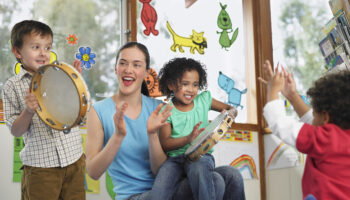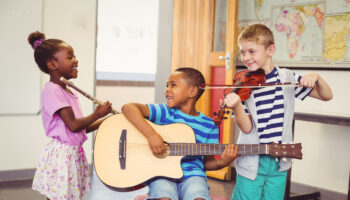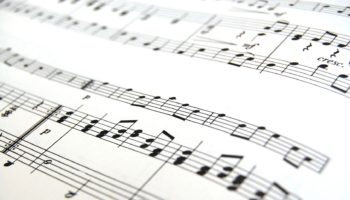By Angel Avery-Wright
I often observe early learning settings that are missing musical instruments and activities. The instruments are not on the shelves. There is no music center.
When I ask the teachers or director if they have any musical instruments, they tell me they are in the closet because the children are too loud with them. They ask questions like, “Can you hear ten toddlers banging on drums and blowing horns all at the same time? How about 20 preschoolers having ‘band’ practice?”
Musical instruments and activities vary from rattles to keyboards and everywhere in between. Not all teachers find those sounds enjoyable. So how can providers give children the musical experiences they need to be exposed to and not give themselves a headache at the same time?
Everyone has different tastes when it comes to music and so, it would seem, that everyone enjoys different sounds. Loud bass may inspire someone to “head bang” to the beat. Others might find this sound to cause a headache. Drummers beating the drums heavily when it is not their turn might annoy someone else. Everyone has heard of recorders… those little black plastic flute like instruments; that’s a “No!” for me.
So, what can we add so children can still have those experiences?
- Rainsticks have a more soothing sound to them and it’s a natural sound. Looking for softer sounding musical instruments is one way to maintain musical experiences at a normal classroom noise level.
- Making sensory sound bottles can also be a way to encourage music play. You can fill empty plastic bottles with small jingle bells, beads and sticks for a rainstick sound, or coins. Always make sure the lids are securely fastened so children cannot access the items inside.
- Maracas and sensory wooden eggs are often quieter sounding musical toys. These can be purchased in various forms or even homemade.
- Ocean drums are similar in sound to the rainstick, only instead of mimicking the sound of rain, the drum mimics the sound of ocean waves. Here is a video you can use to make your own ocean drum.
Having musical activities accessible to children in your program does not need to mean a headache for your teachers.



